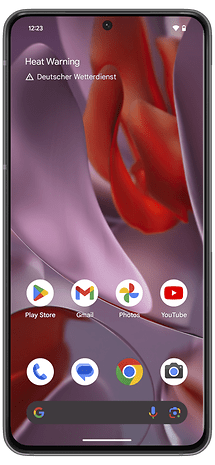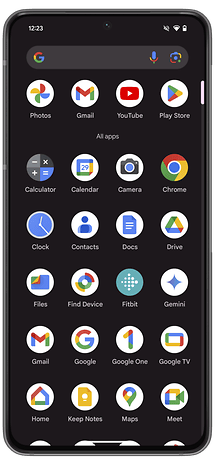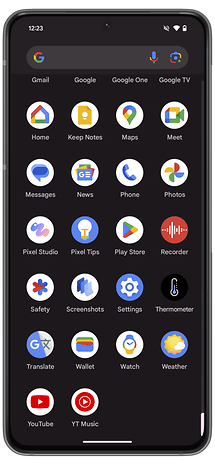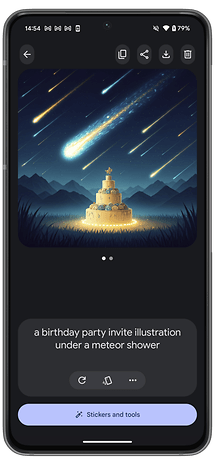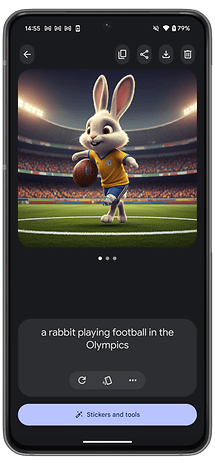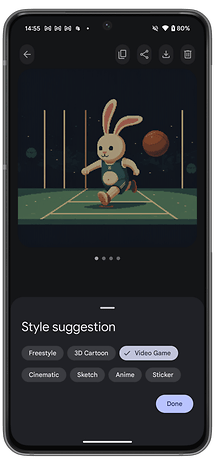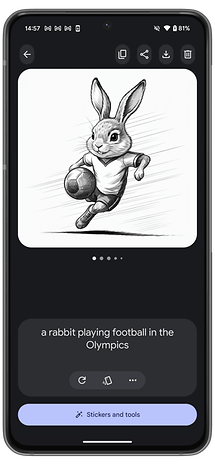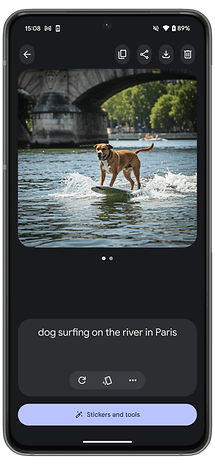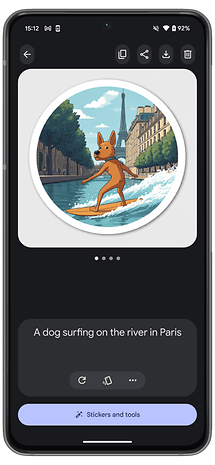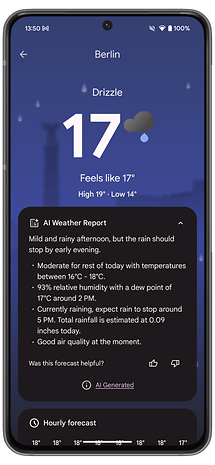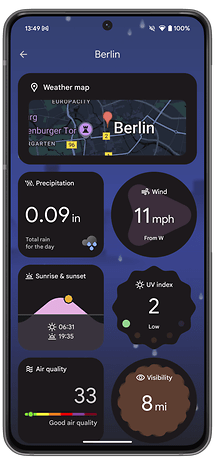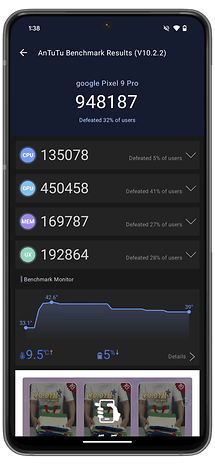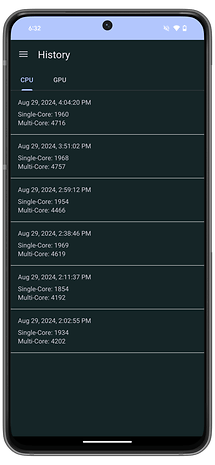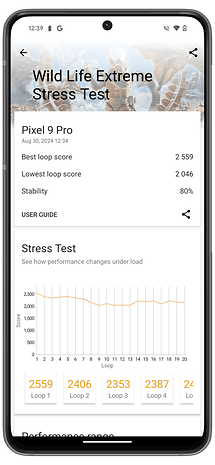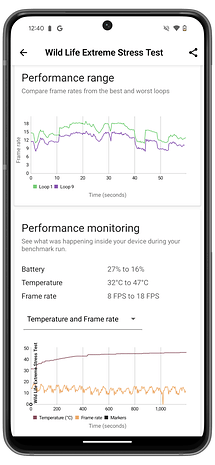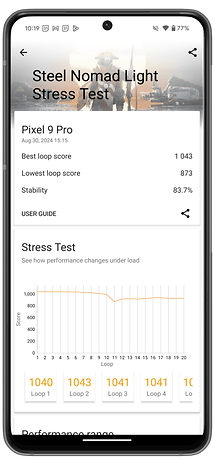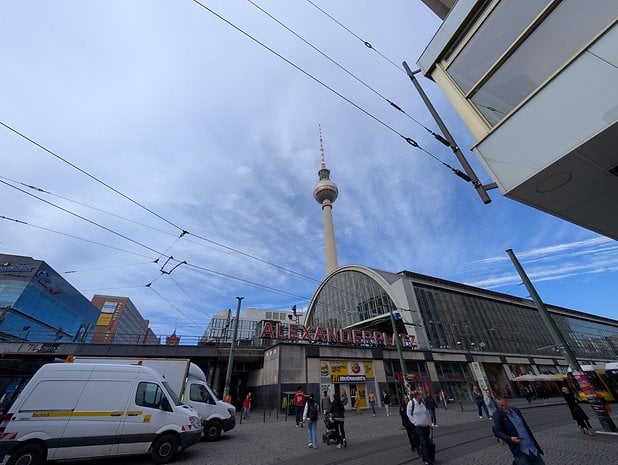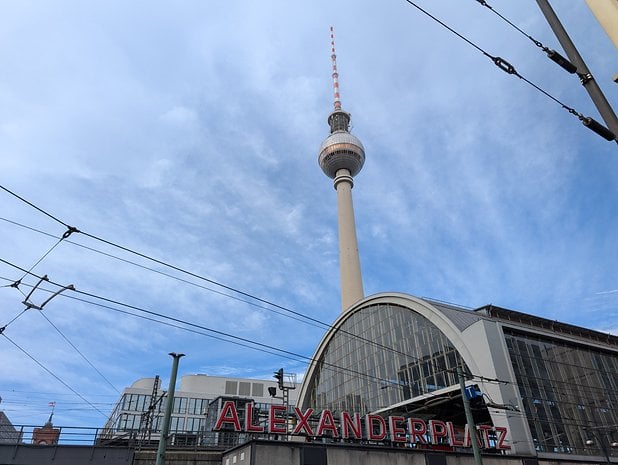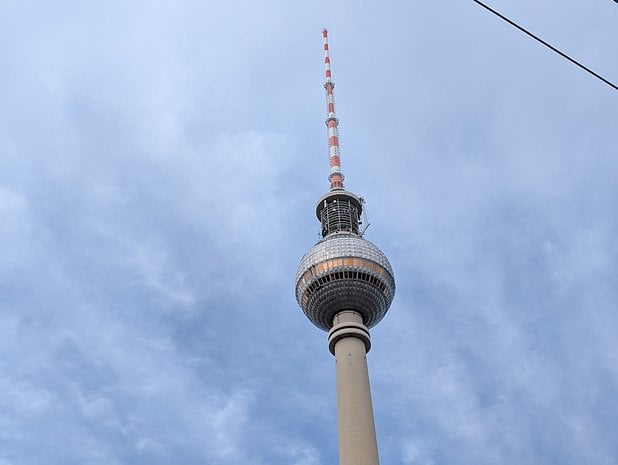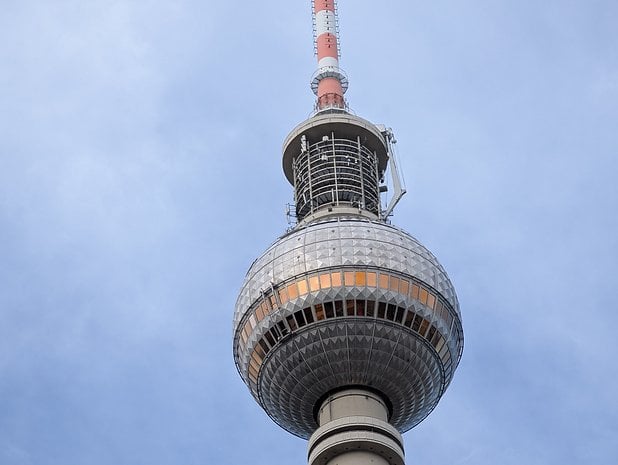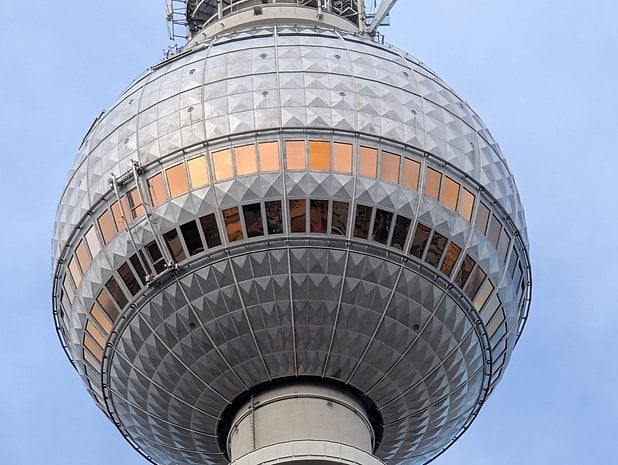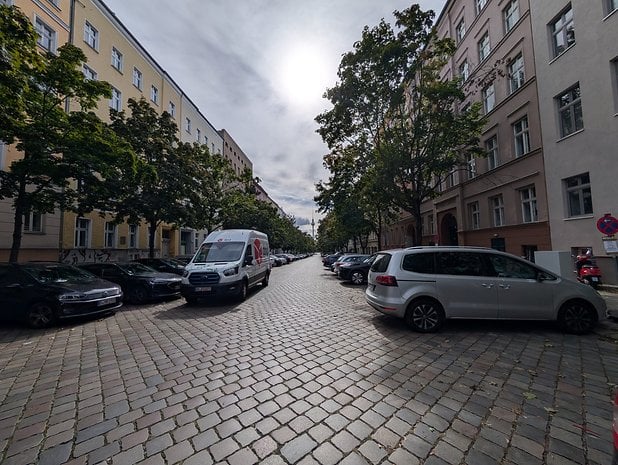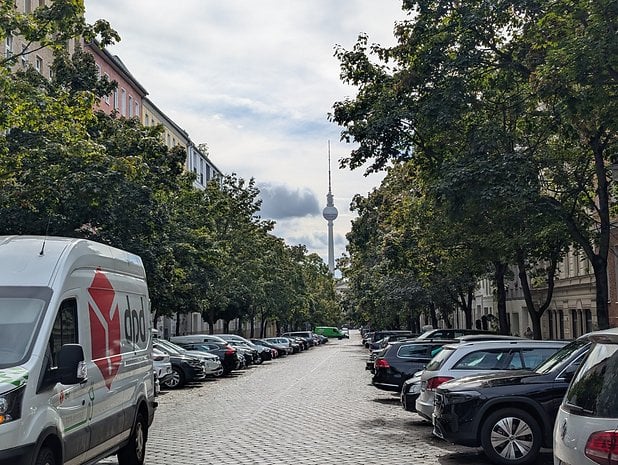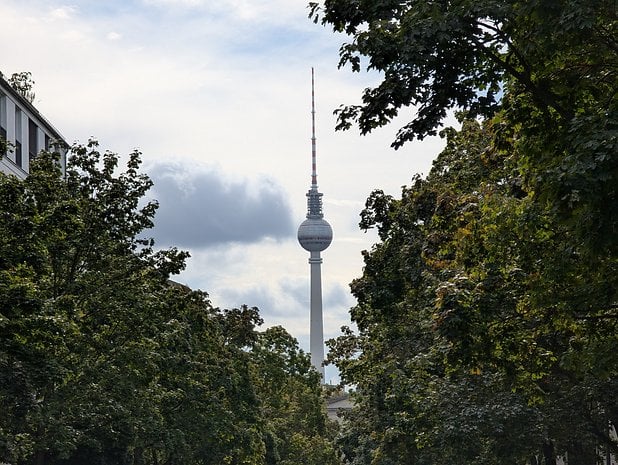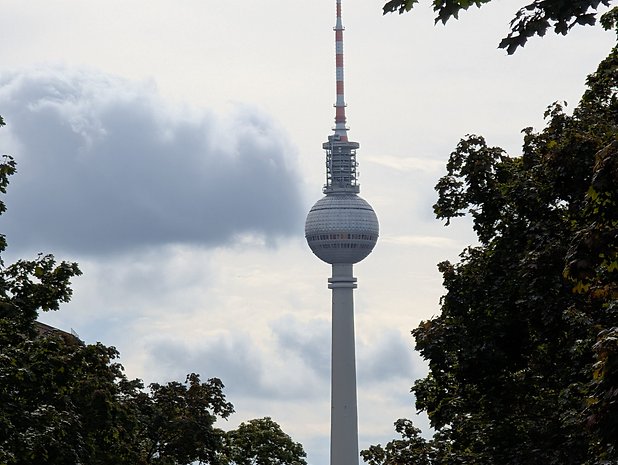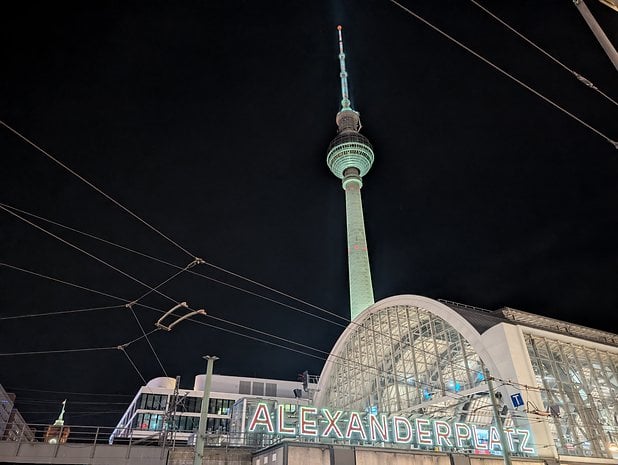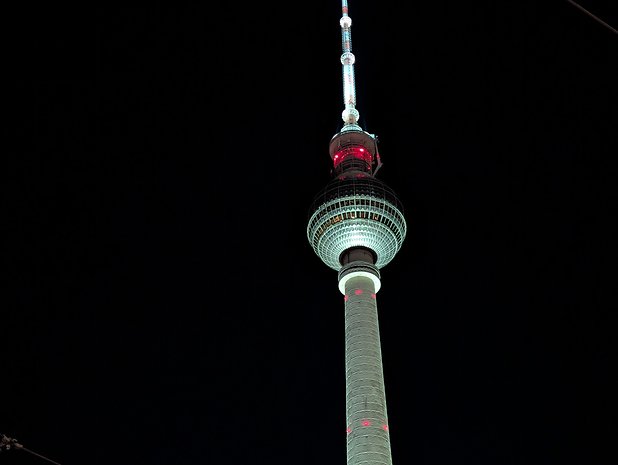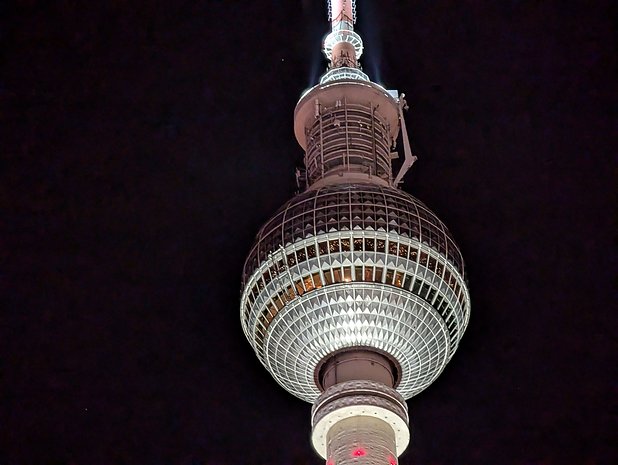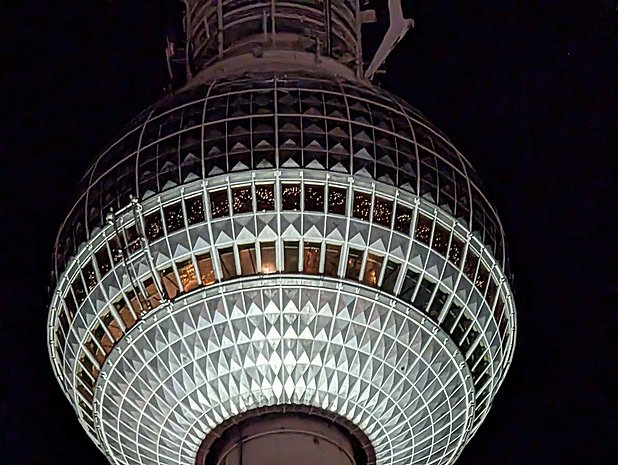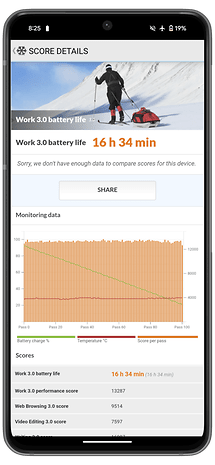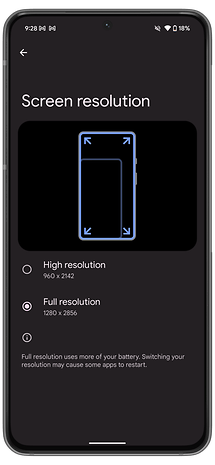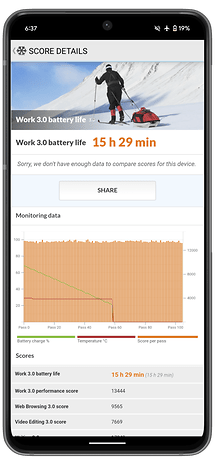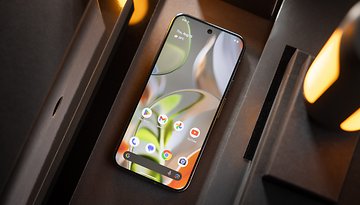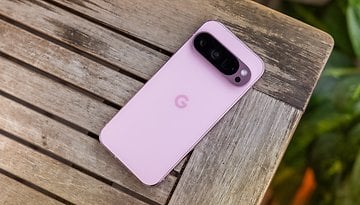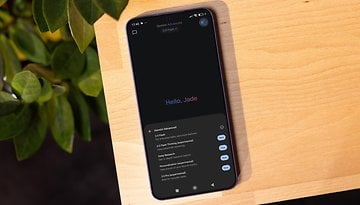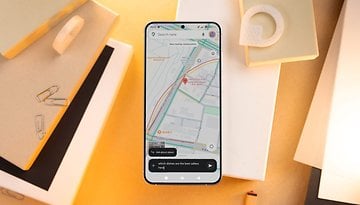Google Pixel 9 Pro Review: Come for the AI, Stay for the Hardware
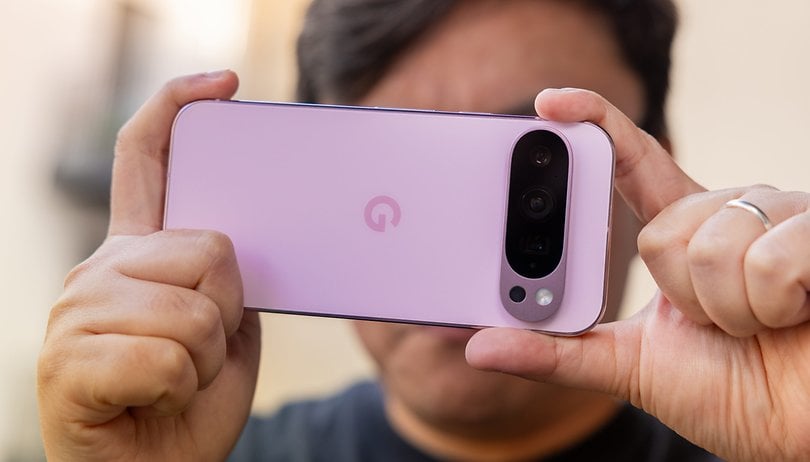

Google thought it wasn’t enough to update its Pixel phones for 2024. Not only did the company launch a new foldable, but the Pro model also got a smaller version. We tested the Pixel 9 Pro and will tell you how it performs in battery life, performance, display, and more.
Good
- Versatile cameras
- Excellent display
- Good build quality
- The best software update policy
Bad
- Outdated performance
- Slow charging speeds

In a Nutshell
Launched during the 2024 Made by Google event in August, the Pixel 9 Pro is not a successor to the Pixel 8 Pro but a completely new model in the Pixel range. It features the same compact size as the base Pixel 9 with all the features of the big-screened Pixel 9 Pro XL Antoine Engels tested recently.
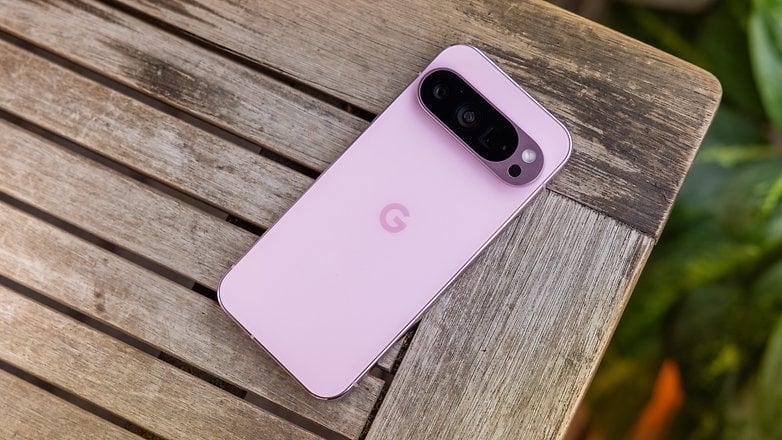
In practical terms, this means a high-resolution OLED display that refreshes up to 120 times per second but can throttle back to 1 Hz (one update per second) to save power. It also includes a triple camera setup with a 5x zoom lens, more RAM, and a UWB radio.
Premium build — iPhone-inspired design
The Pixel 9 Pro features the same overall design and build quality as the bigger XL model, with flat sides and a more premium look compared to the previous generations. The 6.3-inch OLED screen not only is bright and fast but can also be dimmed back and slow, depending on your needs.
Pros:
- Premium look and build quality.
- Bright display that can go dark.
- Variable refresh rate screen.
Cons:
-
Shiny sides are easily smudged.
Although still compact, the Pixel 9 Pro (and the regular Pixel 9) is still slightly bigger than the Pixel 8, and the flat sides make it feel heftier in the hand. And yes, the flat side design makes it look like an iPhone, as my colleagues already pointed out while reviewing the other phones.
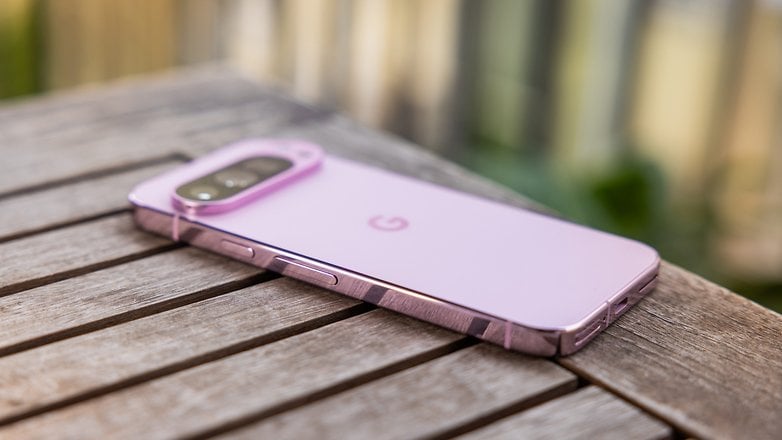
The Pixel 9 Pro fit and finish seem more premium than the previous generations, as we did not find the gaps between parts (which happened in the Pixel 8, for example). The shiny finish on the side looks nice in pictures but is quick to capture fingerprints, and some can be concerned about how it will deal with scratches in the long run.
Speaking of which, Google also sent the optional protective case for this review, and while it is well-made and surrounds the phone nicely, it also gets removed rather too easily, probably due to the new flat design.
On the back, the new design of the camera module doesn’t have any practical changes to how the phone handles. However, the new “search box” design is significantly taller, something to keep in mind. The module on the Pixel 9 Pro houses the three cameras, the flash, and the quirky temperature sensor.
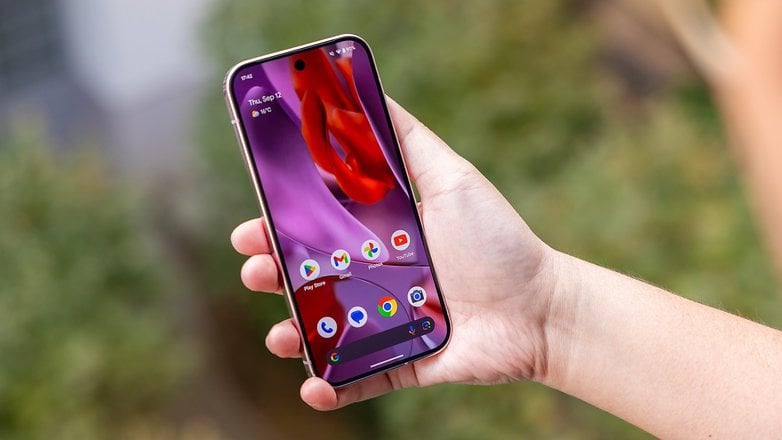
The OLED display was one of the Pixel 9 Pro’s highlights. Not only colors popped up in typical OLED fashion but refresh rates could vary between 1 and 120 Hz thanks to LTPO tech, which resulted in some battery life improvements.
One welcome upgrade to the screen is that it reaches both high and low brightness levels. It can go up to 3000 nits peak brightness for using the phone outdoors under the sun, but also drop really low to when you are using the Pixel 9 Pro in dark situations (for example reading at night).
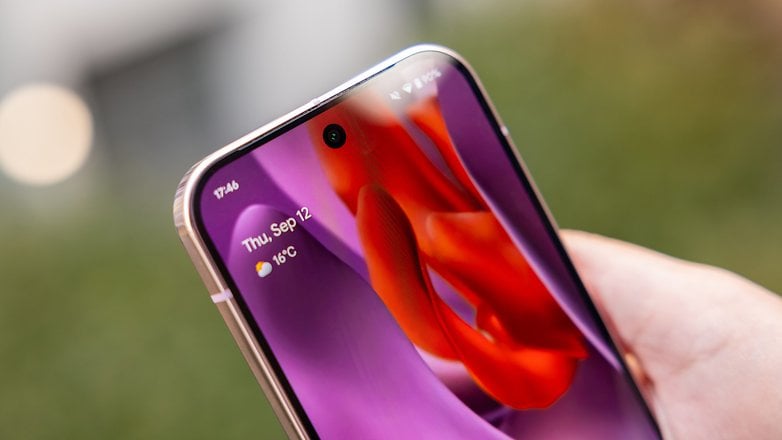
The display houses the fingerprint reader but Google finally upgraded the sensor from an optical to a supersonic module. That finally fixed long-standing issues with reading delays that date back to the Pixel 6 phones.
Biometric authentication can also be done with face recognition, and Google gives the feature its highest security certification, just like on the Pixel 8. That allows users to approve payments by looking at the selfie camera, even if the phone doesn’t have special depth sensors.
Android 14 with extra apps
Launched with Android 14, as of publishing this review, the Pixel 9 Pro still did not receive the Android 15 update, despite the source code for the new version being released at AOSP. Despite the “old” version, Google packed a couple of new apps for the Pixel 9 phones.
Pros:
- Seven years of security updates.
Cons:
- Some signs of bloat on “stock” Android.
Google promises seven years of security and features updates for the Pixel 9 family. That means that the Pixel 9 Pro will receive security patches and Pixel features drops until August 2031, which is only matched by flagship Galaxy phones.
A clean installation with updated apps takes around 20 GB of storage, marking a significant increase over the previous generation (the Pixel 8 reported only 9 GB in a similar state last year).
That can partially be attributed to a couple of extra apps, such as Gemini (just the AICore storage jumped from 30 MB to more than 4 GB between the PIxel 8 and 9 generations), Pixel Studio, and Screenshots. Antoine did a comprehensive look at the Gemini features in his Pixel 9 Pro XL review, so I won’t be repeating that.
The new Screenshots app didn’t quite work during the test because of region and language restrictions, but the Pixel Studio ran fine. The phone is still not powerful enough to generate the images by itself, so it needs an internet connection to the Google servers.
Its utility is very questionable, but the results were at least fun for the 10 minutes we spent with it. You can copy, save, or share the generated images, and there are a couple of different styles to select, including a “Sticker” option that we wished could be integrated into chat apps.
There is also the new Weather app, with an AI powered summary and lots of data within different widgets. The AI weather report can be hit or miss, showing data for the rest of the day, but that doesn’t help much whether you prefer the widgets or are going out at night and require the next day’s report.
Disappointing performance
On its fourth generation, the in-house Tensor chip doesn’t bring a significant upgrade in terms of performance to the Pixel 9 Pro, with only small improvements in the last four years. On the positive side, however, there is plenty of RAM, but that was probably a result of the current AI craze.
Pros:
- Improved thermal management.
Cons:
- Very small performance improvements.
The Tensor G4 on the Pixel 9 phones delivers almost half of the performance of current Android flagship chips like the Snapdragon 8 Gen 3 or the Dimensity 9300. In daily use, most people won’t be able to notice that difference, since most tasks on phones are short and quick.
| Google Pixel 9 Pro (Tensor G4) |
Google Pixel 9 Pro XL (Tensor G4) |
Xiaomi 14 Ultra (Snapdragon 8 Gen 3) |
Galaxy S24 Ultra (Snapdragon 8 Gen 3 |
Google Pixel 8a (Tensor G3) |
Poco F6 (Snapdragon 8s Gen 3) |
|
|---|---|---|---|---|---|---|
| AnTuTu | 948,187 | 1,094,183 | 1,939,484 | 1,851,716 | 1,153,512 | 1,455,312 |
| 3DMark Wild Life Extreme Stress Test |
Best loop: 2559 Worst loop: 2046 Stability: 80% |
Best loop: 2603 Worst loop: 2071 Stability: 79.6% |
Best loop: 4708 Worst loop: 3606 Stability: 76.6% |
Best loop: 5160 Worst loop: 3013 Stability: 58.4% |
Best loop: 2437 Worst loop: 1667 Stability: 68.5% |
Best loop: 3140 Worst loop: 2584 Stability: 82.3% |
| 3DMark Steel Nomad Light Stress Test |
Best loop: 1043 Worst loop: 873 Stability: 83.7% |
Best loop: 1685 Worst loop: 1335 Stability: 79.2% |
Best loop: 980 Worst loop: 662 Stability: 67.6% |
Best loop: 1066 Worst loop: 945 Stability: 88.6% |
||
| Geekbench 6 | Single: 1934 Multi: 4466 |
Single: 1950 Multi: 4050 |
Single: 1828 Multi: 6317 |
Single: 2252 Multi: 7107 |
Single: 1688 Multi: 4362 |
Single: 1953 Multi: 4930 |
However, on heavier tasks like editing a video and especially games, users can notice that the Tensor chips are not evolving enough to keep up with the competition.
On the plus side, however, Google seems to have addressed a common complaint with previous Pixel phones and improved the heat dissipation system on the Pixel 9 Pro. The phone still gets warm under heavy tasks, but at least seems not to lose as much performance due to thermal throttling as in the past.
Games should run fine on the Pixel 9 Pro, but more graphical intensive games will lower the quality settings to run at decent speeds on the phone. Hardcore gamers will be better served with other devices not only because of overall performance but also the fact that the Tensor G4 lacks support for modern features like ray tracing (the number of games using RT is low today, but the phone will be supported for a long time…).
Camera
The triple camera setup on the Pixel 9 Pro is the same as the one on the bigger XL model, including a 50-megapixel main camera, 48 MP ultra-wide shooter, and a 5x optical zoom telephoto.
Pros:
- Versatile camera.
- Nice daylight pictures.
- Interesting AI features.
Cons:
-
Night pictures are hit or miss.
Google seems to be losing its advantage in camera quality in the past two years next to its Chinese partners/rivals. Not that pictures taken with the Pixel 9 Pro weren’t good, but the other Android brands keep pushing the envelope when it comes to camera hardware and processing.
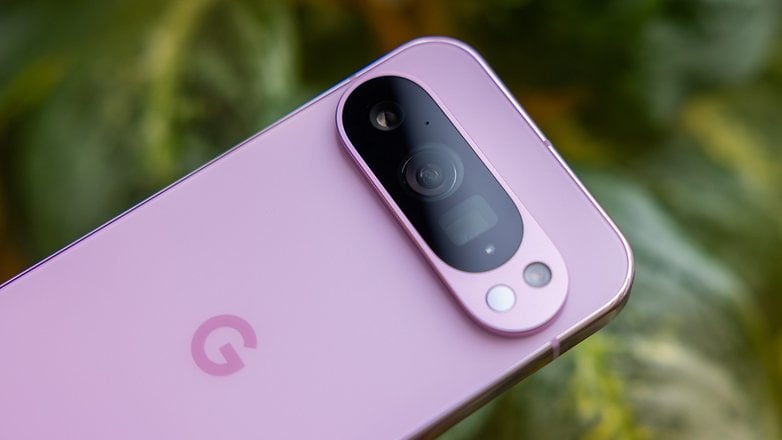
In daylight, pictures are generally good, with a nice level of detail and sharpness. The colors were a bit on the “contrasty” side, but that is practically a Pixel trademark characteristic.
The ultra-wide lens is very open, ideal for big landscape shots, if you don’t mind losing some sharpness. On the other end of the camera range, the 5x optical zoom was surprisingly good not only in its default mode but also when shooting 10x pictures with a touch of digital zoom.
Night shots on the other hand were a bit disappointing, even with the night mode engaging automatically on basically all shots in the gallery above. The pictures were a bit on the noisy side, with some quality drops in both ultra-wide and 10x shots.
On the software side, besides the Add me feature you can check on the link above, the Pixel 9 Pro engages a macro mode when it detects close subjects. While useful, the phone cannot focus at very short distances, and hand shaking poses a big problem for close-up shots.
Selfies worked as expected on the Pixel 9 Pro, with colors a bit on the punchy side. Still, skin tone was accurate, and the portrait mode had some minor issues with subject separation, but was decent overall. And similar to other Pixel phones, the 0.7x ultra-wide selfie is handy with group shots or landscape selfies.
Battery life
Powered by a 4700 mAh battery, the Pixel 9 Pro can’t compete with bigger phones and their huge capacities. But the efficient LTPO display and some software tricks manage to deliver almost two days of battery life.
Pros:
- Decent battery life.
- Wireless and reverse wireless charging.
- Software optimizations.
Cons:
- Slow wired charging.
- No Qi2 support.
By default, the Pixel 9 Pro comes with a “High resolution” setting that doesn’t use the display’s full resolution, but only 2142x960 pixels instead of the native 2856x1280 resolution. Despite the big reduction in the number and density of pixels, we couldn’t really notice a difference in daily use, but ran the battery tests with both options, just in case.
| Charging | Google Pixel 9 Pro (4700 mAh | 300 W USB-PD) |
Pixel 9 Pro XL (5060 mAh | 140 W USB-PD) |
Pixel 8 (4492 mAh | 300 W USB-PD) |
Galaxy S24+ (4900 mAh | 45 W USB-PD) |
Poco F6 (5000 mAh | 90 W) |
|---|---|---|---|---|---|
| 5 minutes |
|
|
|
|
|
| 10 minutes |
|
|
|
|
|
| 20 minutes |
|
|
|
|
|
| 30 minutes |
|
|
|
|
|
| 1 hour |
|
|
|
||
| Full charge |
|
|
|
|
|
| PC Mark Battery test |
|
|
|
|
|
Under the simulated test done by the PCMark app, the default option lasted for 16h34min between 80 and 20% charge while the “Full resolution” mode lost one hour of battery life. The performance score was within the margin of error, so there were no further tricks with processing speeds.
In practice, that should be more than enough for a full day of usage, and more frugal users could squeeze two days out of the phone by pairing the “High resolution” mode with the battery-saving features on the Pixel 9 Pro.
When it comes to charging, Google is still playing it safe. The Pixel 9 Pro tops at 27 W wired charging and is also compatible with wireless charging, with Qi reaching 12 Watts, while the Pixel Stand charges the phone at 21 W. And the Pixel 9 Pro supports reverse wireless charging.

There is no charger in the box, and we wish it supported faster USB-PD charging. A full charge took almost one hour and a half, and a 30-minute charge was enough for 56% of battery. If you are looking for a phone with really fast charging, OnePlus, Xiaomi, and other Chinese brands are probably better options.
Technical specifications
| Google Pixel 9 Pro | |
|---|---|
| Display |
|
| SoC |
|
| Memory |
|
| OS |
|
| Camera |
|
| Selfie Camera |
|
| Battery |
|
| Connectivity |
|
| IP Certification |
|
| Dimensions and weight |
|
| Other points that may interest the nextpit community:
|
|
Final veredict
The Pixel 9 Pro is a welcome arrival in the Pixel phone lineup and probably a sign that Google is confident in its smartphone range. While the company still has a long way to go in terms of market share, it has a level of control of its models that is only rivaled by Apple.
The 9 Pro brings the same advanced features found in the big Pro XL to a more traditional and pocket-friendly form factor. Those features include not only the powerful telephoto camera and flagship display, but also things that are still gimmicky like the temperature sensor, and the almost forgotten UWB radio.
It is a shame that market realities made the Pixel 9 Pro occupy the price range of the bigger Pixel 8 Pro, and not slot under a $900 price point. At $1000/€1100, the Google phone has to compete with much faster models from OnePlus, Xiaomi, Samsung, and others.
The Pixel 9 Pro still has some advantages in terms of software updates and features, with a frequent stream of added features promised until 2031. But current prices take it out of an imaginary “instant recommendation” list.
As usual, carefully weigh your priorities when considering the Pixel 9 Pro. It’s better built than any previous Pixel, offers more features, and comes with an unbeatable software update promise. However, beyond the new Pro size and all the AI enhancements, rivals are catching up in areas where Pixels once excelled. While the Pixel 9 Pro is still a solid choice, the competition is now more competitive than ever in this price range.

